30+ Sample Food Tracker
-
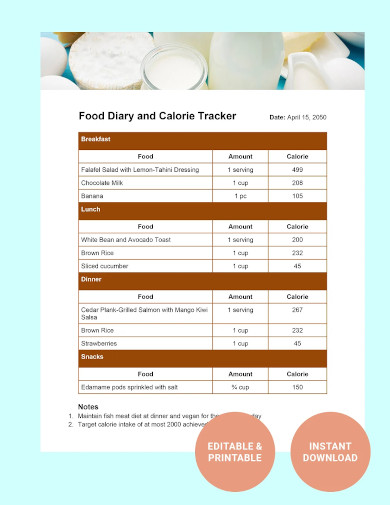
Food Diary and Calorie Tracker
download now -
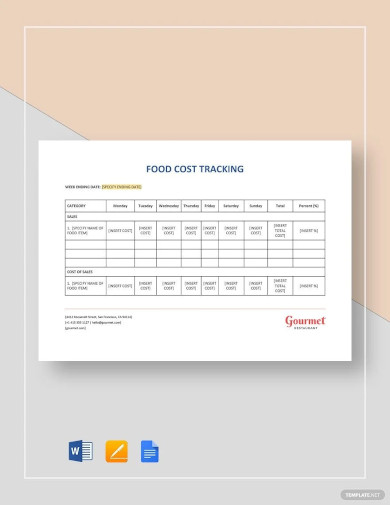
Food Cost Tracking
download now -
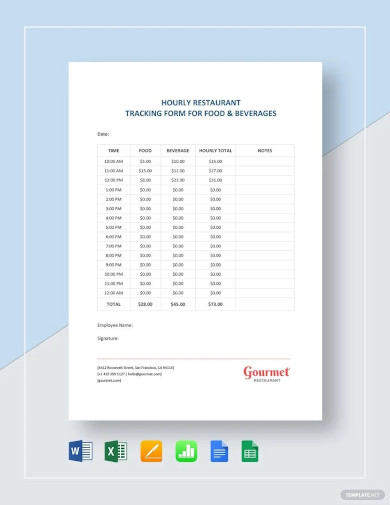
Hourly Restaurant Tracking Form for Food Beverages
download now -
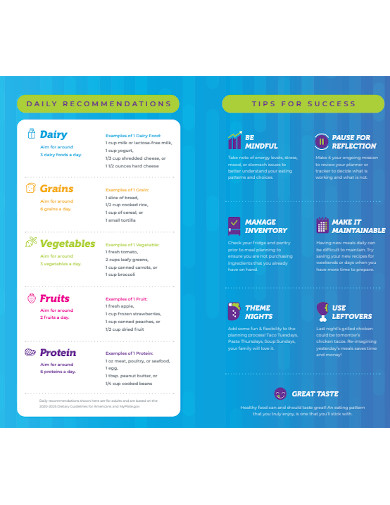
Protein Food Tracker
download now -
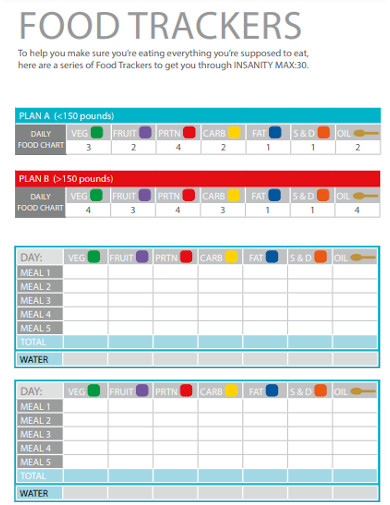
Food Chart Tracker
download now -
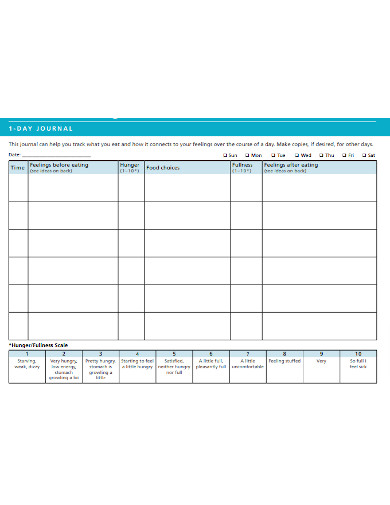
Journal Food Tracker
download now -
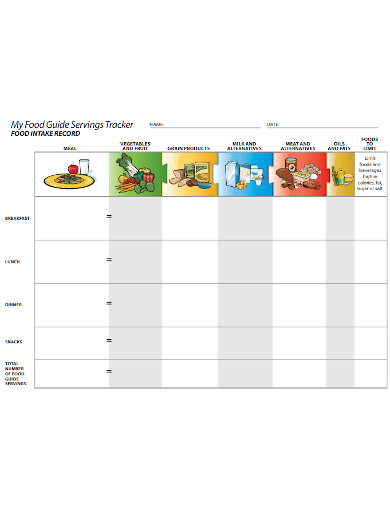
Meal Food Tracker
download now -
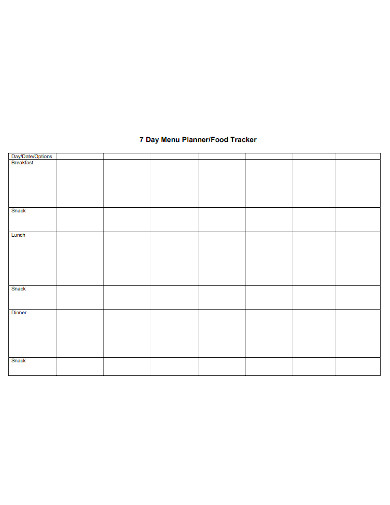
Food Planner Tracker
download now -
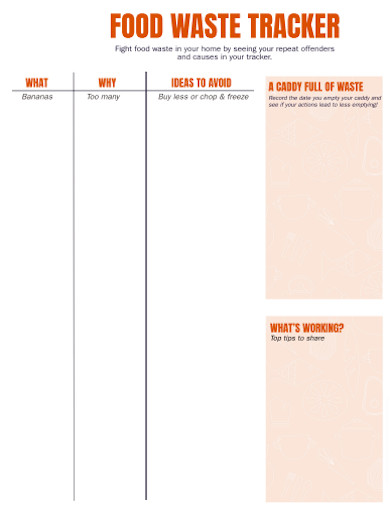
Food Waste Tracker
download now -
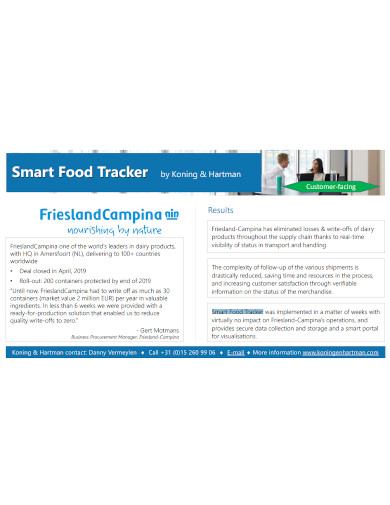
Smart Food Tracker
download now -
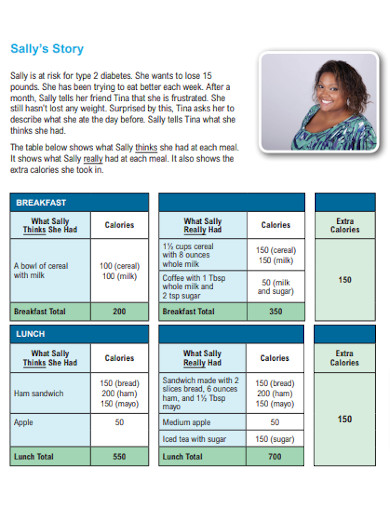
Diabetes Food Tracker
download now -
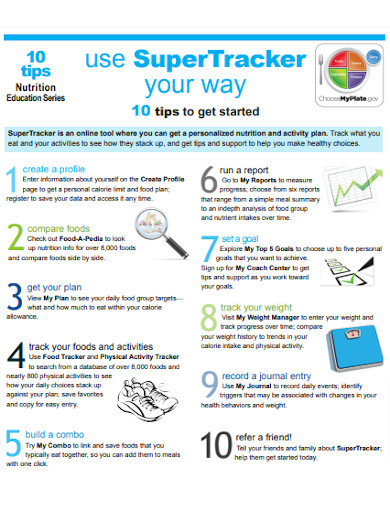
Super Food Tracker
download now -
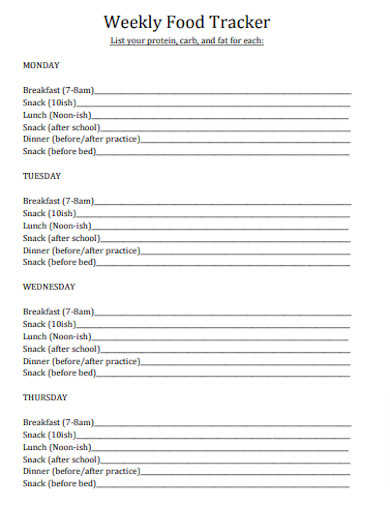
Weekly Food Tracker
download now -
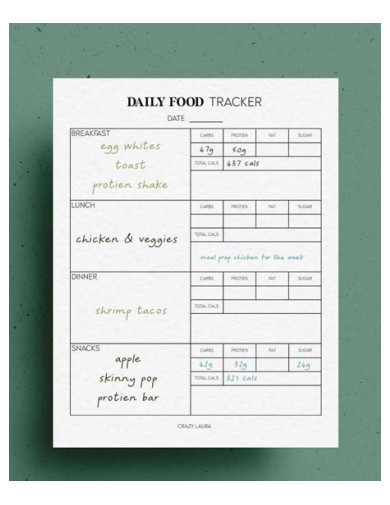
Printable Food Tracker
download now -

Introduction Food Tracker
download now -
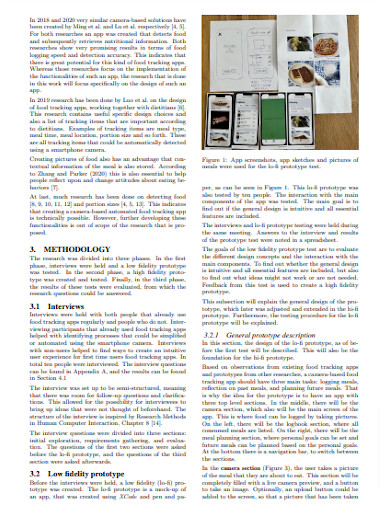
Automated Food Tracking
download now -

Lifestyle Food Tracker
download now -
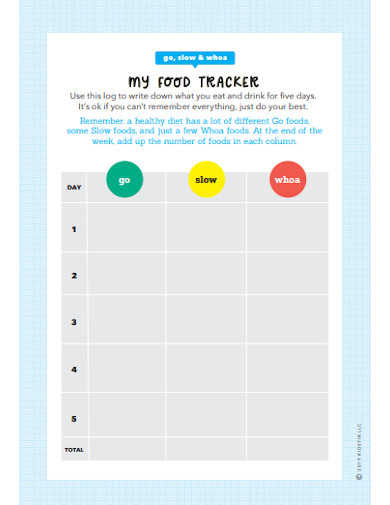
My Food Tracker
download now -
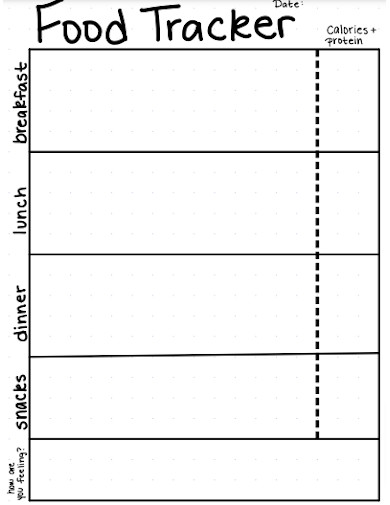
Blank Food Tracker
download now -
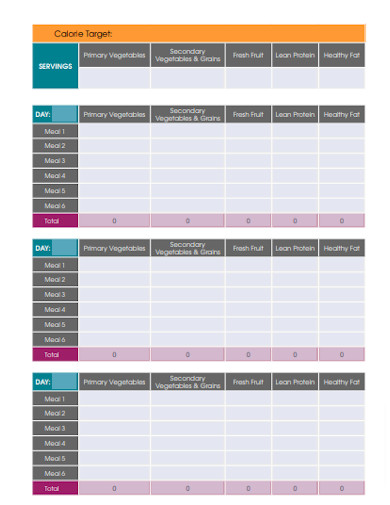
Food Tracker Sheet
download now -
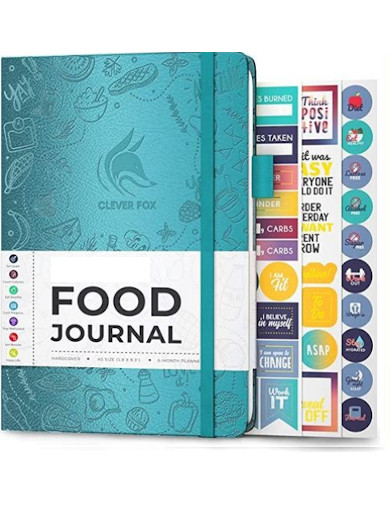
Food Tracker for Weight Loss
download now -
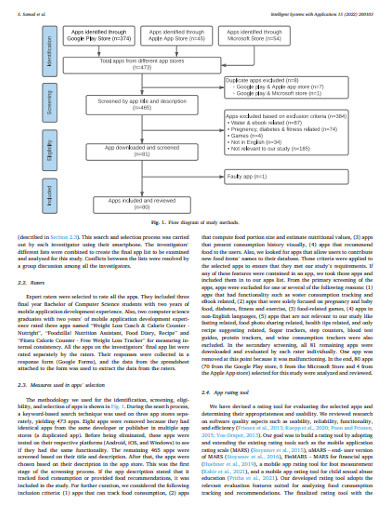
Smartphone Apps for Food Tracker
download now -
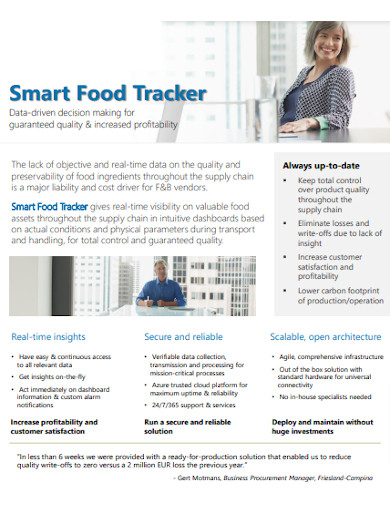
Food Tracker Outline
download now -
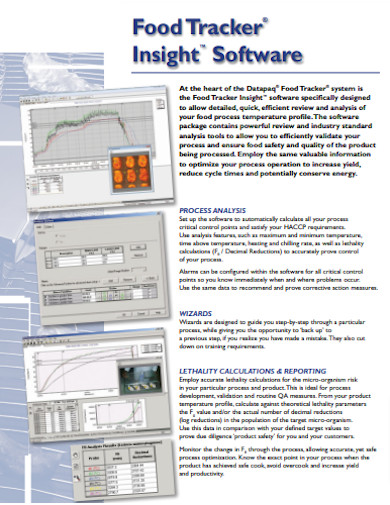
Food Tracker Insight
download now -
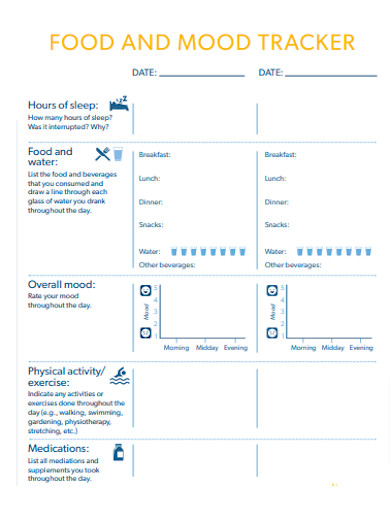
Food and Mood Tracker
download now -
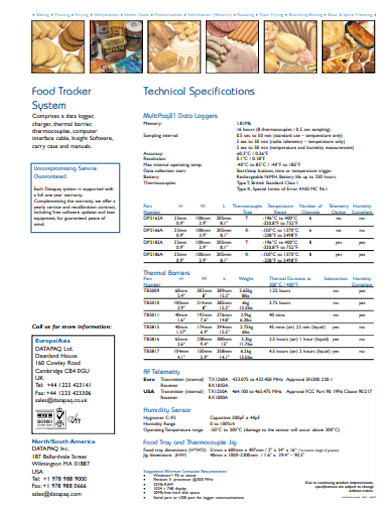
Food Tracker Layout
download now -
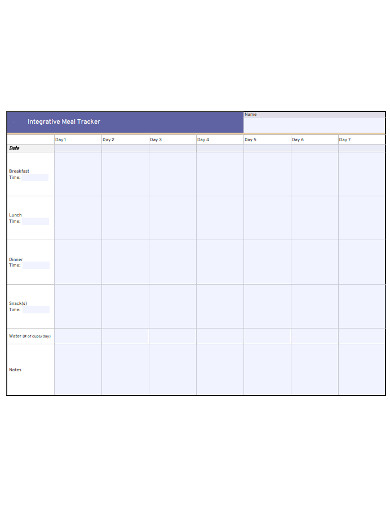
Integrative Food Tracker
download now -
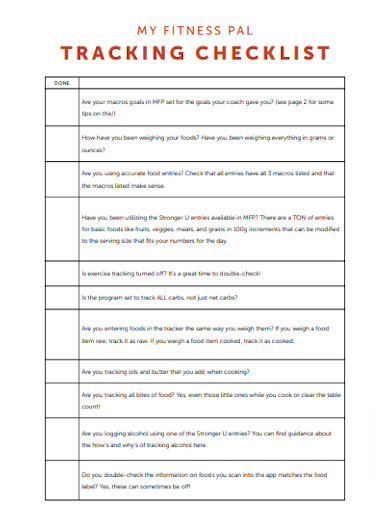
Food Tracker Checklist
download now -

Simple Food Tracker
download now -
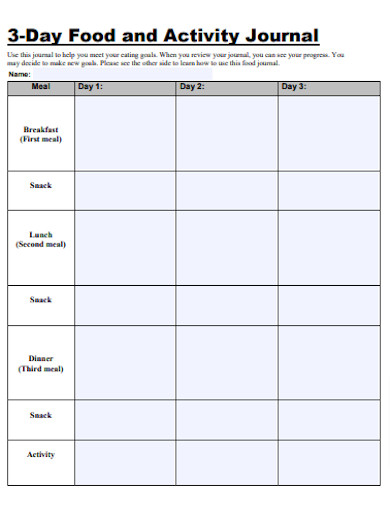
3 Day Food Tracker
download now -
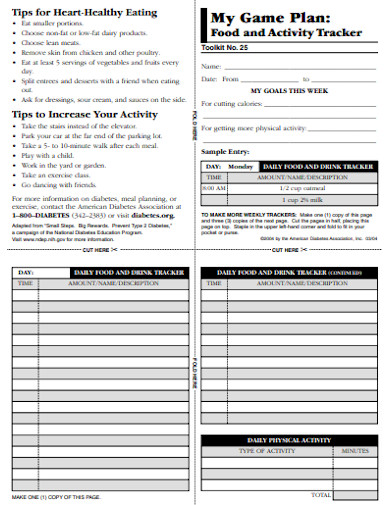
Food Activity Tracker
download now
What is a Food Tracker?
A food tracker is a tool that helps individuals keep track of their daily food intake. Also known as a food diary, it allows users to record the types and quantities of foods they consume throughout the day. Food trackers can be in various formats, including mobile applications, websites, or printable PDFs. When using a food tracker in PDF format, individuals can manually write down the foods they eat and their corresponding nutritional information. This may include calories, macronutrients (carbohydrates, proteins, and fats), vitamins, minerals, and other relevant details. Some food and goal trackers also allow users to scan barcodes or search for specific foods to automatically retrieve nutritional information. By consistently tracking their food intake, individuals can gain insight into their eating habits and make more informed choices about their diet. Food trackers help users become aware of portion sizes, calorie content, nutrient ratios, and potential deficiencies or excesses in their diet. This information can be valuable for those aiming to lose weight, manage health conditions such as diabetes or high blood pressure, or simply improve overall nutrition.
Food trackers play a significant role in the lives of individuals, athletes, nutritionists, patients, and parents caring for their babies. They provide a tangible way to monitor and manage dietary habits, resulting in improved health outcomes. According to a study by the Journal of Medical Internet Research, individuals who used food trackers showed a 27% greater likelihood of achieving their weight loss goals. For athletes, food trackers help optimize nutrition for enhanced performance, with 75% of athletes reporting better energy levels and recovery when using trackers. Nutritionists rely on trackers to assess clients’ dietary patterns and provide personalized recommendations and nutrition action plans. Patients can better manage conditions like diabetes or IBS, with 80% experiencing symptom improvement using trackers. Parents tracking their babies’ food intake ensure optimal nutrition and detect any potential allergies or feeding issues. Overall, food trackers offer a practical and effective way to make informed decisions about diet and nutrition.
Benefits of Using a Food Tracker
Using a food tracker offers a range of benefits for individuals striving to improve their health. From increased awareness of dietary habits to better accountability and goal tracking, discover the advantages of incorporating a food tracker into your routine.
Types of Food Trackers
When it comes to tracking your food and nutrition, there are various types of food trackers to suit your specific needs. From daily calorie counters and weekly fitness trackers to specialized options for babies and specific diets like 2B Mindset or Keto, discover the perfect tracker to support your goals.
How to Effectively Use a Food Tracker in PDF for Meal Planning
By utilizing a food tracker in PDF format for meal planning and preparation, you can streamline your efforts, stay organized, and work towards achieving your desired health and nutrition goals. Follow the steps in this guide:
Step 1: Set Realistic Goals
Determine what you want to achieve through meal planning, whether it’s weight loss, improved nutrition, or better portion control. Set realistic and measurable goals that align with your overall objectives. Break down larger goals into smaller milestones for easier tracking.
Step 2: Plan Meals Ahead
Designate a specific day each week to plan your meals and create a shopping list. Consider incorporating a variety of food groups to ensure balanced nutrition. Take into account any dietary restrictions or preferences when selecting recipes.
Step 3: Track Your Progress
Consistently record your meals, snacks, and nutritional information in the PDF food tracker. Regularly review the tracker to assess your adherence to the planned meals and identify areas for improvement. Celebrate small victories and use any setbacks as learning opportunities for future meal planning.
FAQs
When looking for a food tracker PDF for your bullet journal, there are a few key features to consider. First, it should have enough space to record all the necessary information, such as meals, snacks, and calorie counts. It should also have sections to track your water intake, exercise, and any notes or reflections you may have. Additionally, a food tracker PDF for a bullet journal should be aesthetically pleasing and easy to use, with clear sections and labels. Lastly, it should be customizable to fit your specific needs and preferences, allowing you to personalize it to suit your diet and fitness goals.
There are numerous resources available online where you can find printable templates for meal plans and food trackers to help you stay organized. Websites such as Pinterest, Etsy, and various health and fitness blogs offer a wide range of templates that you can download and print for free or for a small fee. Additionally, you can create your own template using software like Microsoft Excel or Google Sheets. These templates typically include sections for planning your meals, tracking your food intake, and monitoring your progress.
The 2b mindset is a weight loss program that focuses on changing your mindset and relationship with food. It emphasizes portion control, making healthier choices, and enjoying food without guilt. A food tracker can complement the 2b mindset by providing a practical tool to monitor your food intake and portion sizes. It can help you stay accountable to your goals and provide a visual representation of your progress.
For individuals with Irritable Bowel Syndrome (IBS), specialized food trackers can be invaluable in managing their symptoms and identifying trigger foods. These trackers typically include sections to record the types of foods eaten, portion sizes, and any symptoms experienced. By tracking their food intake, individuals with IBS can identify patterns and make connections between certain foods and their symptoms.
What are the key features to look for in a food tracker PDF for my bullet journal?
Where can I find a printable template for a meal plan and food tracker to help me stay organized?
What is the 2b mindset and how can a food tracker complement this weight loss program?
Are there any specialized food trackers available for individuals with IBS (Irritable Bowel Syndrome)?
This article provides a comprehensive resource for individuals looking to improve their nutrition and achieve their health and fitness goals. By effectively tracking your food intake using the provided printable PDF template, you can become more aware of your eating habits, make informed decisions about your diet, and stay accountable to your goals. Incorporating a food tracker into your daily routine can lead to optimal results and help you identify patterns or triggers in your eating habits. With the assistance of a food tracker, you can efficiently work towards achieving your weight loss or fitness goals. Simply download and use our sample food trackers and meal plan templates like Keto meal plans and diabetic meal plans.